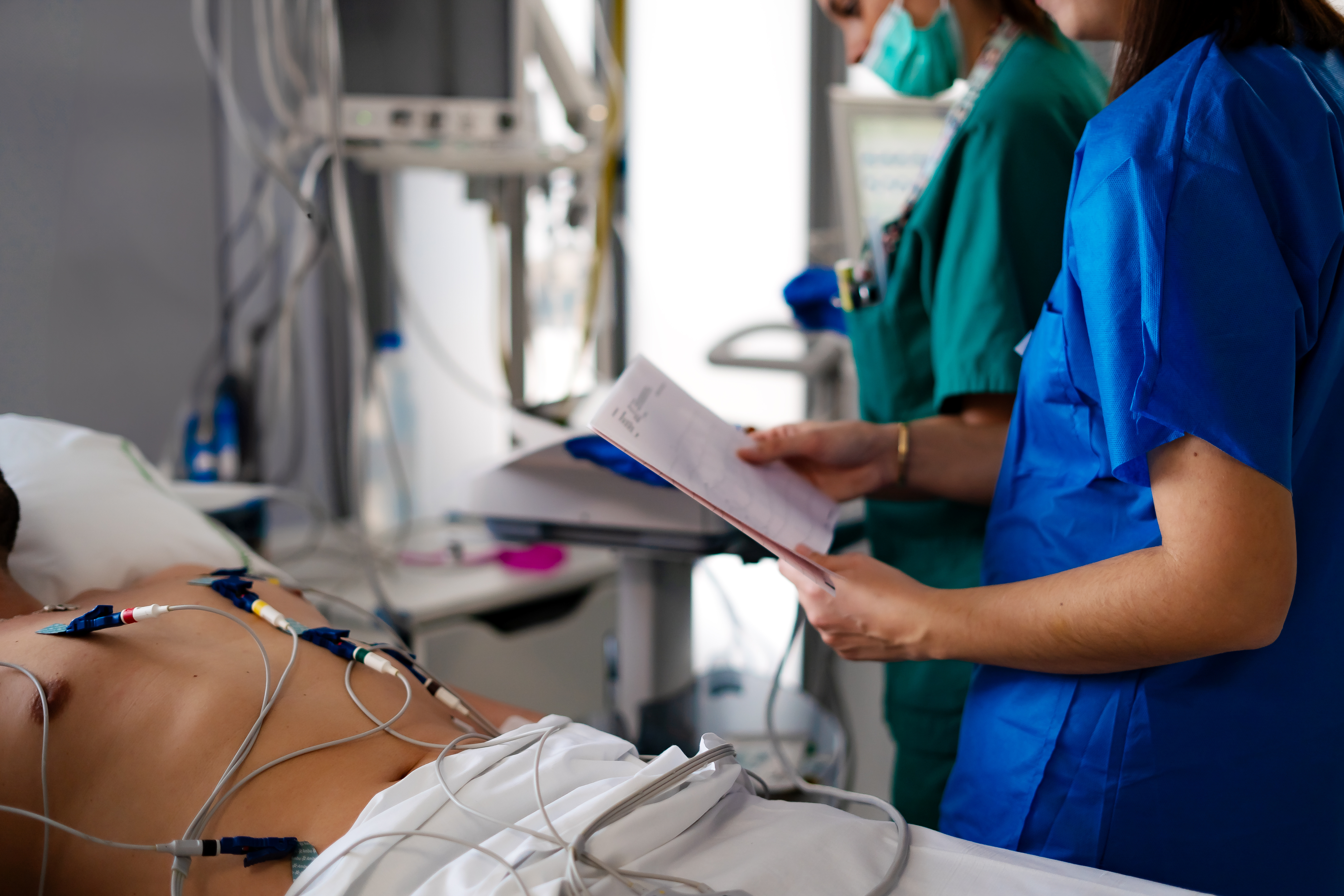Method and Apparatus for Simultaneous Acquisition of Electrocardiogram Signals and Electrical Impedance Tomography Data
A new imaging technology that can be used with an electrocardiogram to aid the diagnosis and treatment of cardiac and pulmonary conditions.
Electrical impedance tomography (EIT) is a new imaging technology that can be used with an electrocardiogram (EKG) to aid the diagnosis and treatment of cardiac and pulmonary conditions. Examples include guiding lung recruitment for patients on a ventilator and the detection of lung collapse. EIT is low-cost and provides high temporal resolution, without using ionizing radiation. An EKG is a long-standard heart diagnostic technology used to measure the electrical activity of the heart.
The University of Albany and Colorado State University technology allows technicians to simultaneously obtain ECG and EIT data from the same set of electrodes. Simultaneous multiple current source EIT utilizes an independent current source for each electrode, providing better control of the applied current density and increasing the sensitivity to small changes such as those caused by the movement of blood in the thorax. This sensitive EIT system can produce a regional ventilation-perfusion index for assessing lung health. The simultaneous acquisition of ECG waveforms provides exact cardiac timing that is useful when interpreting the EIT images. Additionally, the combination of time-aligned multi-electrode ECG waveforms and the EIT data can both enhance the EIT image reconstructions and enable the reconstruction of the heart’s current density source, providing additional clinical diagnostic ability. The overall combined EIT/ECG system is a more powerful clinical tool than either modality on its own.

• Precise timing between the EIT images and the ECG.
• Produces a representation of the electrical activity in the heart and performs inverse electrocardiography.
• Allows the technician to monitor respiratory, pulmonary, and electrical activity, including a regional ventilation-perfusion index.
The technology can be used to diagnose and monitor lung and/or heart disease in patients of all ages and for a wide range of conditions.
Patent application 63/667,278 filed on 07/03/2024
This technology is available for licensing.
Patent Information:
| App Type |
Country |
Serial No. |
Patent No. |
Patent Status |
File Date |
Issued Date |
Expire Date |
|